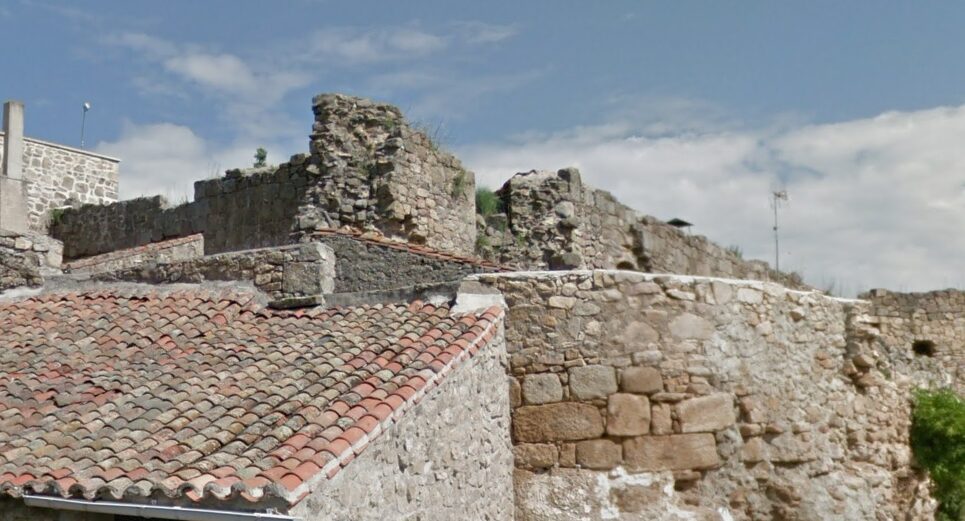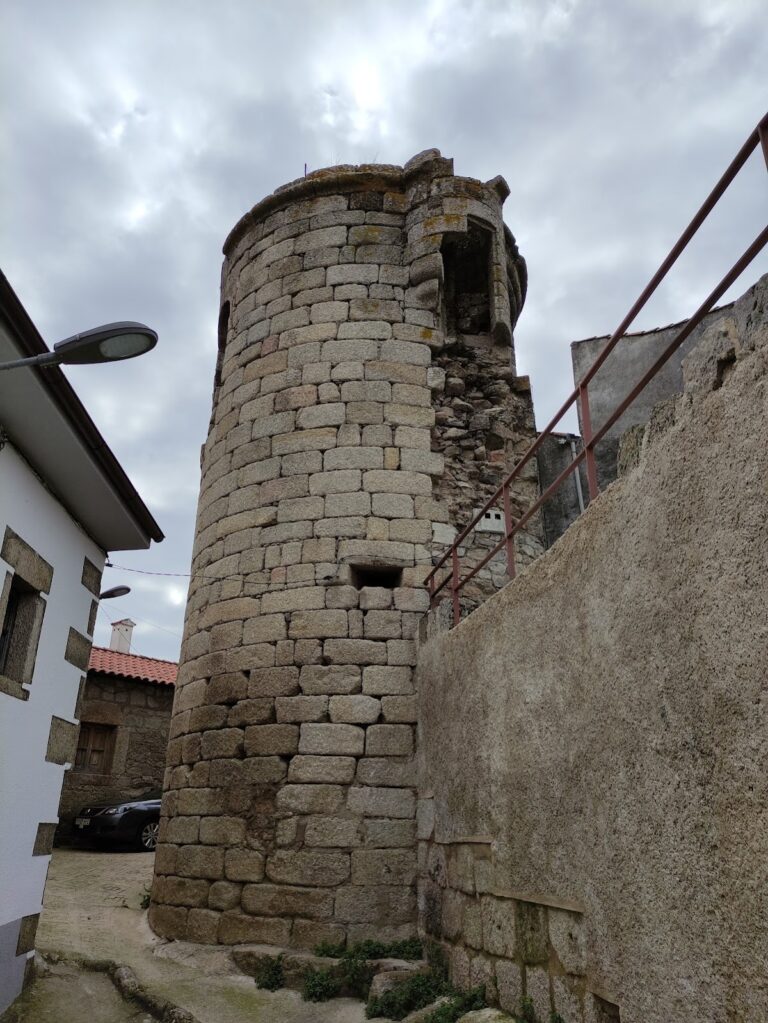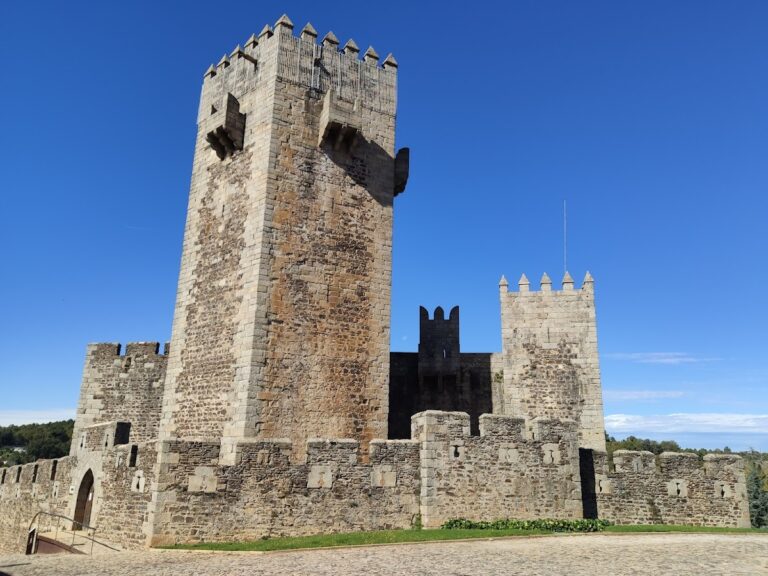Castillo de La Alberguería de Argañán: A Medieval Border Fortress in Spain
Visitor Information
Google Rating: 3.9
Popularity: Very Low
Google Maps: View on Google Maps
Country: Spain
Civilization: Unclassified
Remains: Military
History
The Castillo de La Alberguería de Argañán is situated in the municipality of La Alberguería de Argañán in Spain and was constructed by the medieval Kingdom of Castile-León. Its origins date back to the 14th century, during a period marked by tense relations along the border between Castile-León and the newly independent Kingdom of Portugal.
Following Portugal’s separation from Castile-León in the 10th century, the border region experienced ongoing disputes, ultimately leading to the Treaty of Alcañices in 1297, which formally defined the frontier. It is within this context that the castle was likely established as a defensive stronghold to control and monitor the border area near what is now the province of Salamanca. By the late 14th century, the fortress came under the jurisdiction of Alvar Pérez Osorio and María Pacheco, granted to them by King Enrique IV as a reward for their service to the crown.
Throughout the 15th century, the castle held a significant strategic role, especially during the succession crisis in Castile between 1474 and 1475. Its location made it a key site for frontier defense, as it faced repeated Portuguese incursions. The 17th century continued to see the fortress as a militarily important site, enduring attacks in 1643, 1652, and notably in 1660 when a large Portuguese force succeeded in capturing it. This assault involved 6,000 infantry soldiers and 800 mounted cavalry, underscoring the castle’s military value in regional conflicts.
The last known siege took place in 1664, shortly before natural disasters including severe weather in 1665 caused extensive damage to this and other border fortifications. With changes in political circumstances and military technology, the castle gradually lost its defensive importance, leading to its abandonment. Over time, the site transitioned to agricultural use and some residential buildings were erected within its former perimeter.
Remains
The remains of the Castillo de La Alberguería de Argañán today reflect its turbulent history and gradual decline. Although detailed descriptions of its original layout and specific architectural features are not documented, the surviving ruins indicate the structure was built to serve both defensive and administrative functions. The walls, constructed using traditional medieval materials and techniques common in the 14th century, partially stand in fragmentary form.
Damage from various military assaults, including a destructive fire in 1652, coupled with severe weather events in 1665, contributed significantly to the castle’s current ruined state. These vicissitudes left the fortress weakened and eventually led to sections being repurposed for farming activities. Within the former boundaries of the castle, some modern housing has been constructed, integrating elements of the existing stone remains into newer buildings.
No inscriptions, decorative features, or specialized facilities have been recorded at the site, and no archaeological discoveries such as tools or pottery have been noted in recent studies. The castle’s ruins stand as a testament to its role in border surveillance and defense during several centuries of Iberian political strife, now quietly serving agricultural needs while preserving traces of its historical presence.







